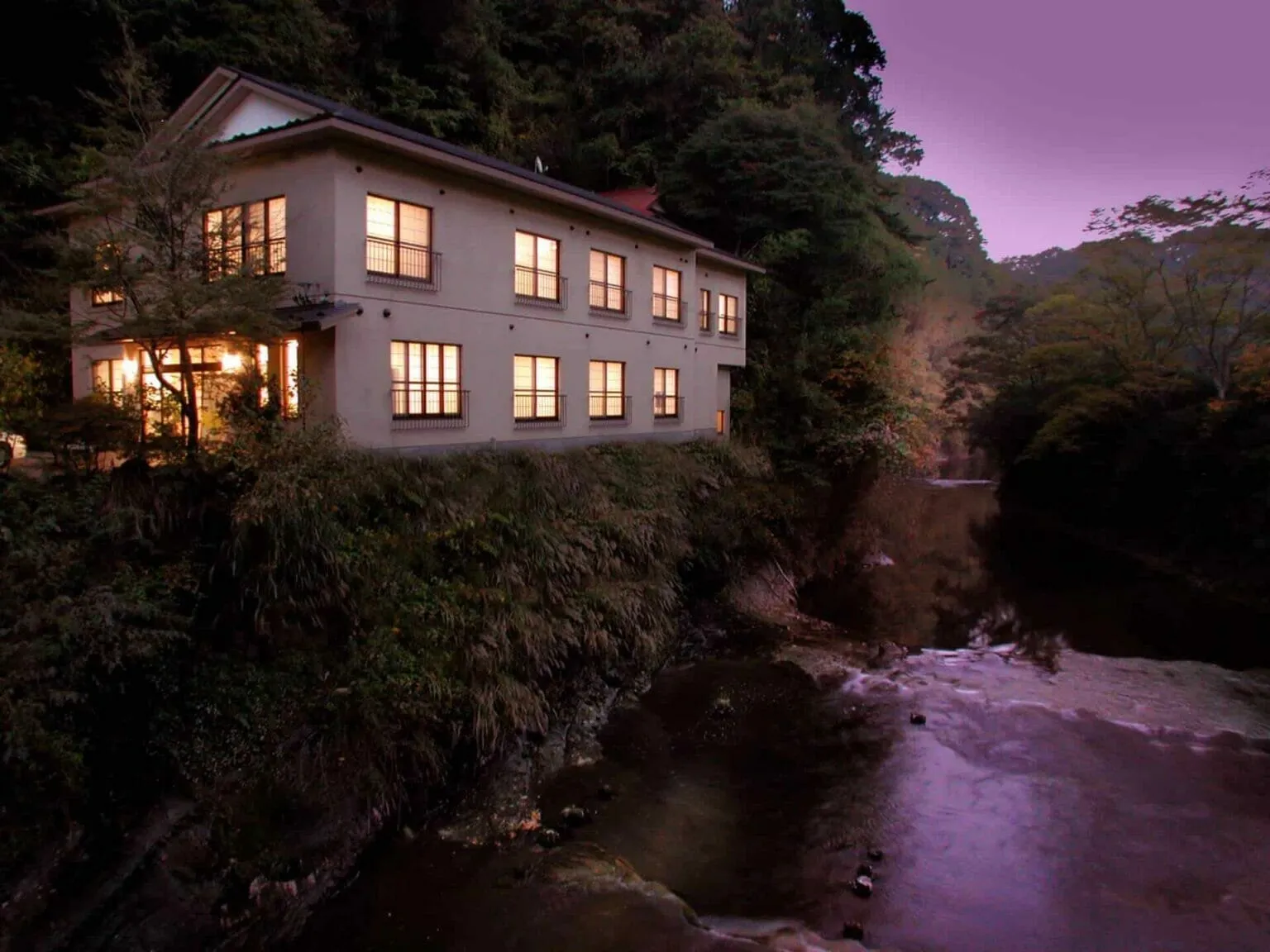
Things to Do | Visit Chiba | Latest update:2025/02/14
The Yoro Valley has Yado inns scattered along its river network, located between Yorokeikoku Station, and Kazusa Nakano Station on the Kominato Railway. This valley is a beautiful and deep slice of Chiba, and the winding rivers, waterfalls, and dense vegetation all around make most visitors want to stay the night and enjoy the sounds and flavors of nature. “Kawanoya” inn is a nice place to do so, positioned right on the Yoro River, and next to a series of walking courses to let you explore this area.
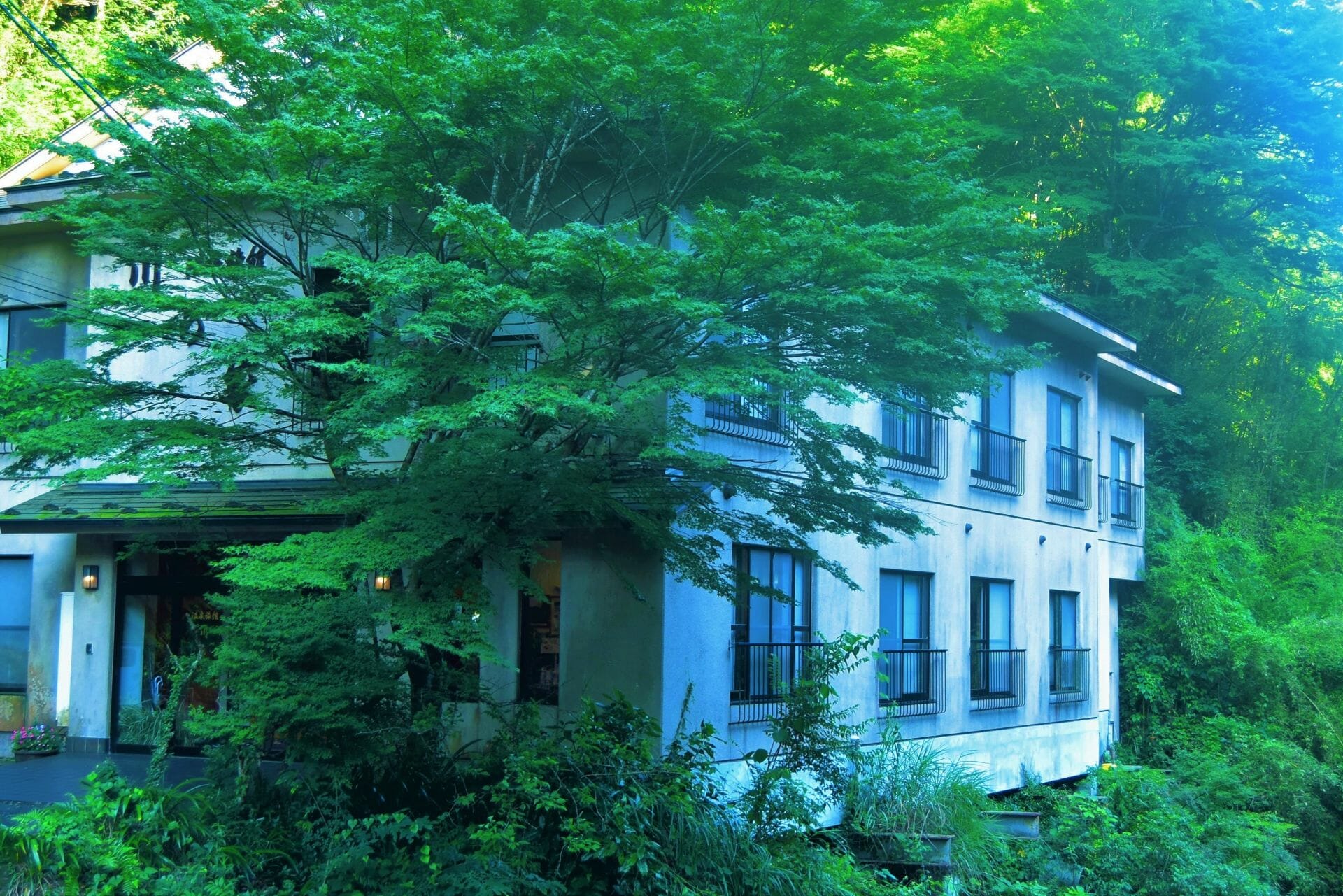
This inn has been continuously managed by the Suzuki family for many generations. The atmosphere here is casual, not as stiffly traditional inns such as a ryokan, but rather meant to be an easy stay and dining experience to let you relax and enjoy the area on your own terms. The rooms are Japanese style, and all named after local fish, birds, and foliage.
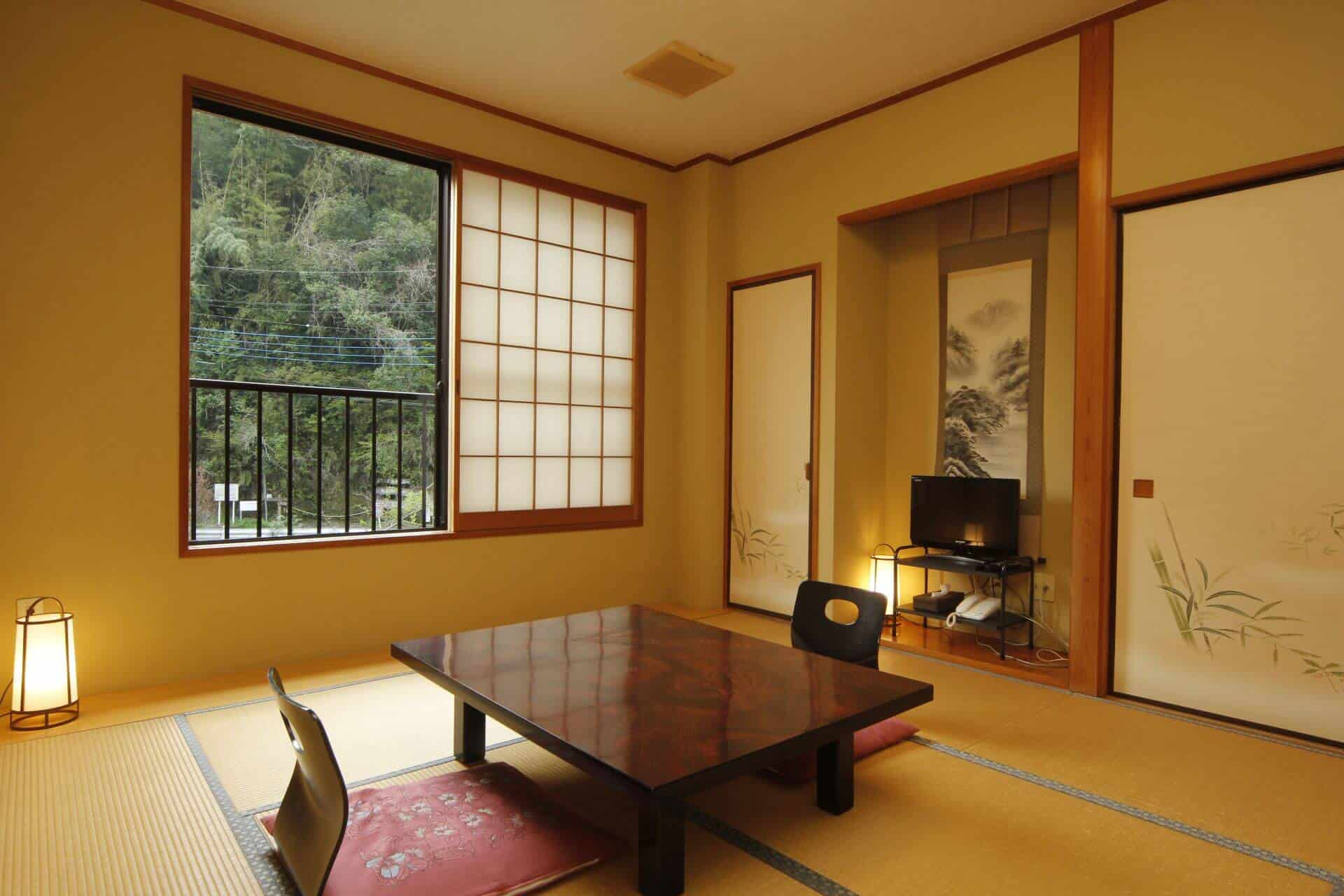
The Yoro Valley is known for having delicious produce and river fish, and Kawanoya, along with the other inns, work hard to make your meal experience a big part of your Yoro Valley memory. A single stay will give you 2 meals; dinner, and breakfast the next morning, with the main focus naturally being on dinner. They also serve other local Chiba favorites like seafood, meats, and a colorful array of wild vegetables. The salt-grilled shrimp, ayu river fish, and nanohana flower stalk gave a particularly good range of local flavors.
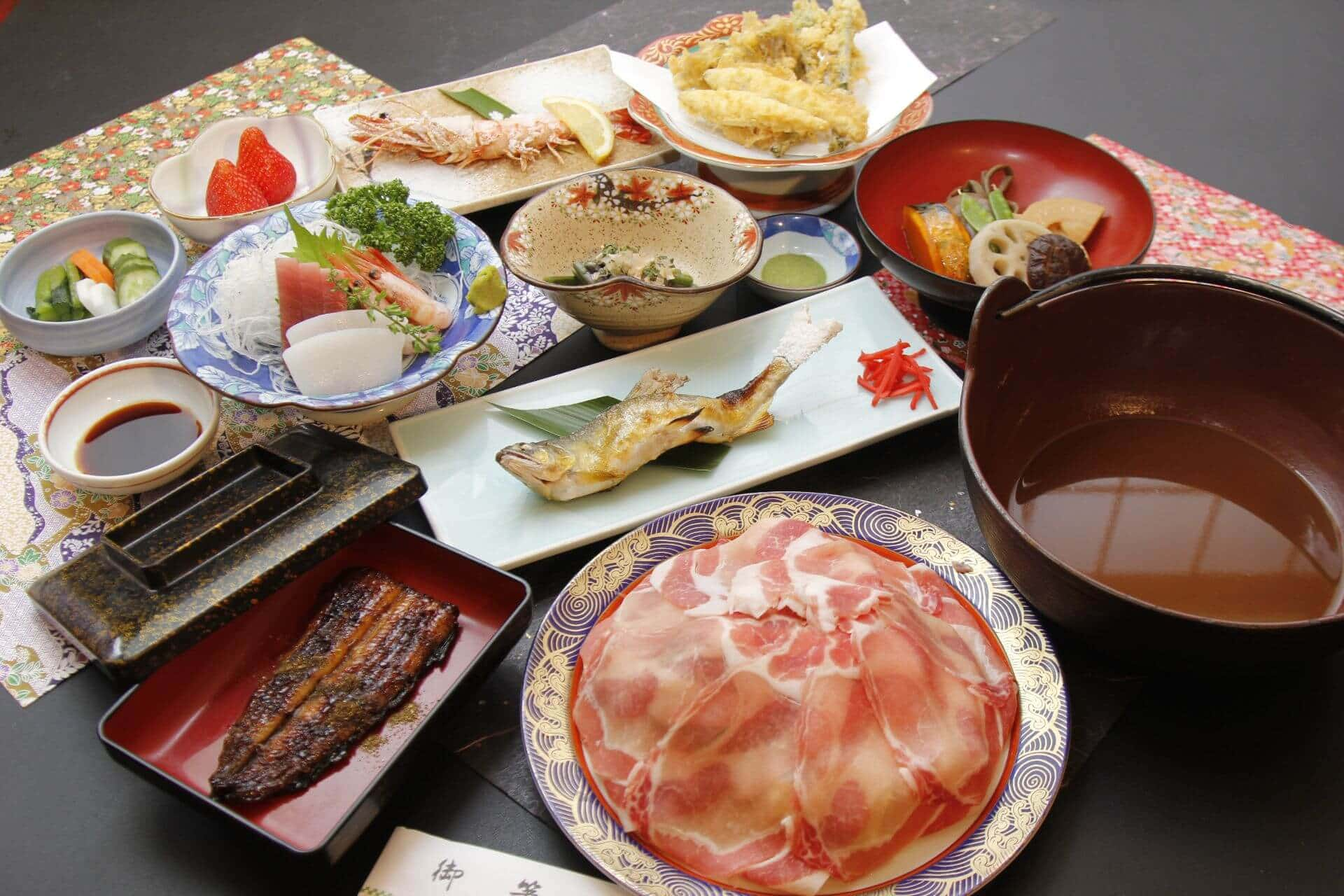
Another thing the Yoro Valley is famous for however is the abundance of natural hot springs that course through the area. The inns cleverly channel this hot water into their onsen baths, and make bathing another main part of the stay here. Kawanoya is well-known for its hot spring bath being naturally black. This is due to humic acid that has accumulated from plant matter from rivers and oceans, giving the hot spring a rich mineral content, and is highly acclaimed for its nourishing and moisturizing effects on the skin.
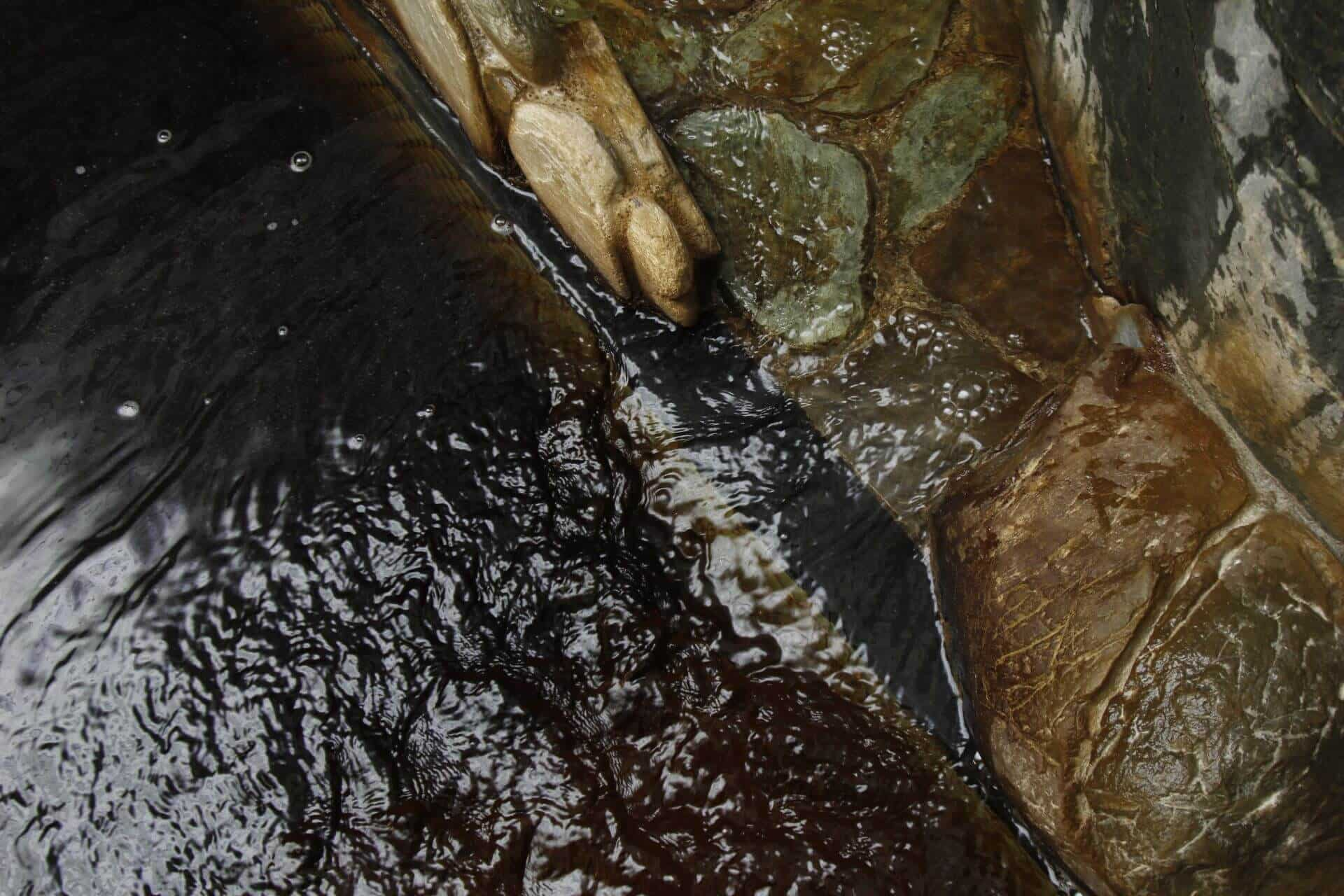
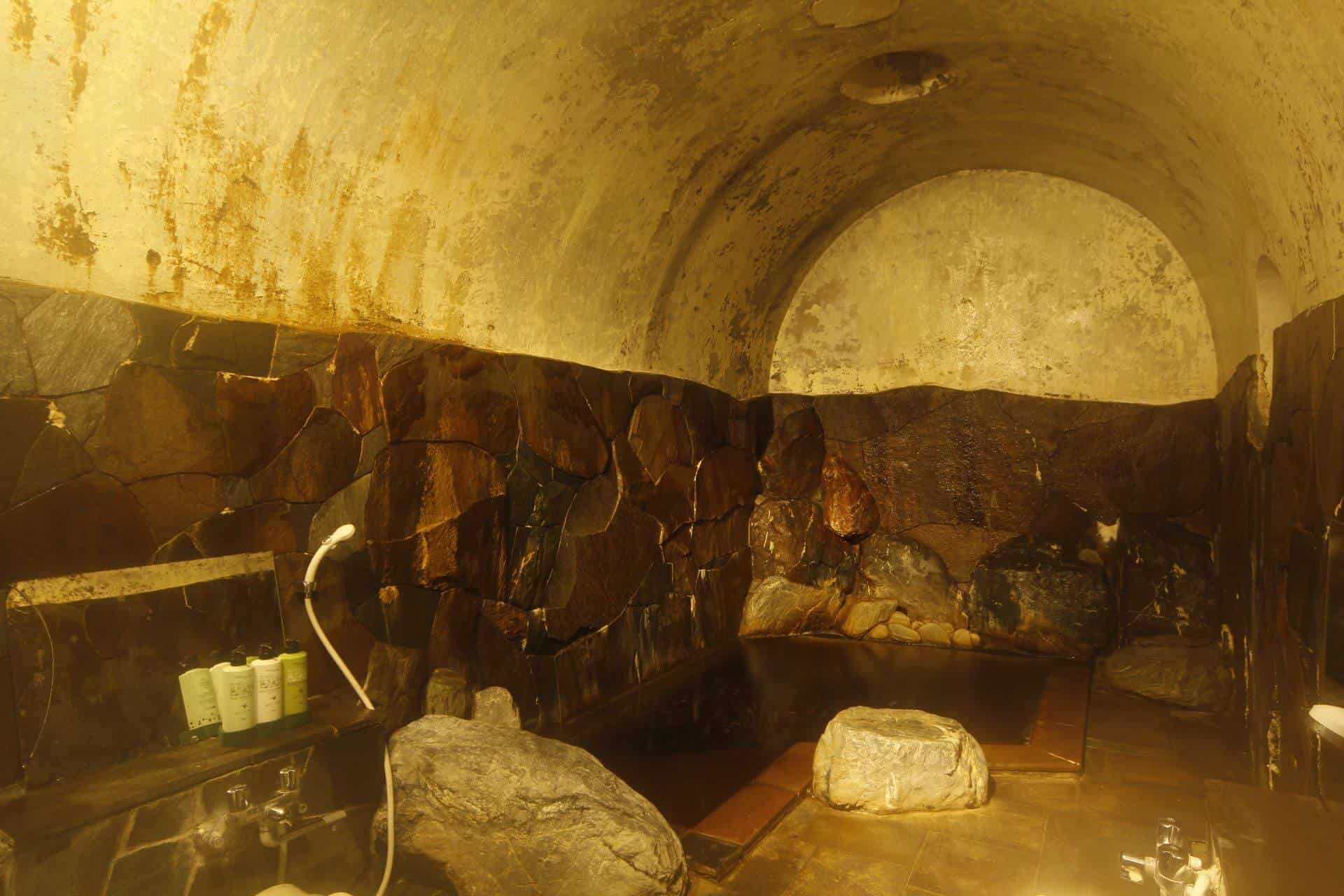
While a delicious meal of locally sourced food from Chiba and a relaxing bath are the primary aims of most visitors, there are some local sightseeing spots within walking distance too. The Yoro Valley has a history of development; blasting tunnels, cleaving cliffs, and building bridges to make the area livable. It’s an interesting experience if you’re a fan of city planning and engineering to see some of the ways they’ve had to do work around and shape the land here.
The inn is positioned off the main road through a tunnel, which has gained an interesting reputation for being a “double-decker tunnel”. Called “the Mukaiyama Tunnel and Kyōei Tunnel”, it originally went upward from the road, but as roads on the other side were developed more in the 1970’s, they burrowed under the original tunnel to make a new exit, but still left the previous one intact.
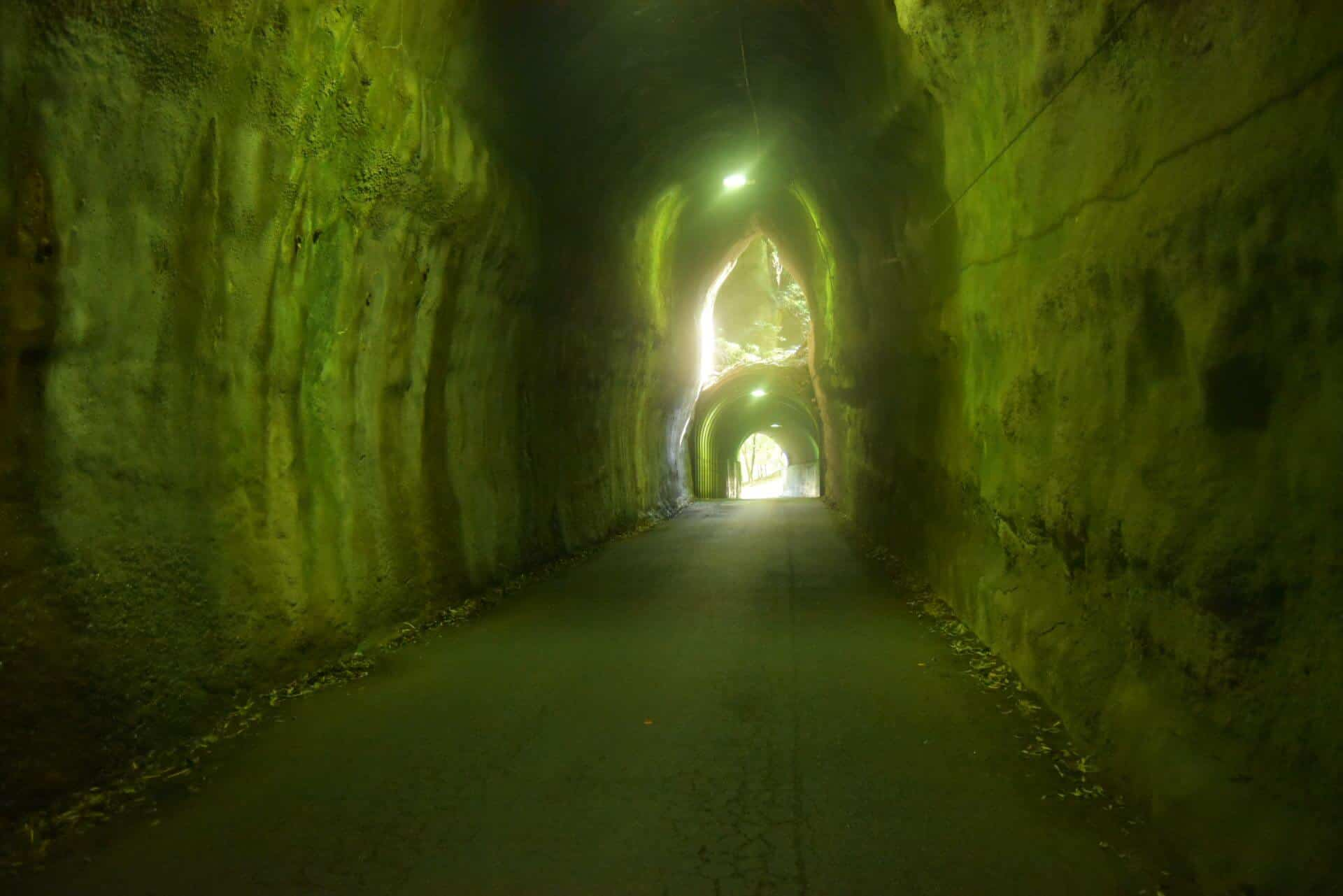
Another example of old development here is the “Kōbundō-ato” near the inn, which was a massive tunnel built at the beginning of the Meiji era (1860’s). Having collapsed in the 1970’s, the sides of the archway remain on the sides of the river, and is a popular photography spot.
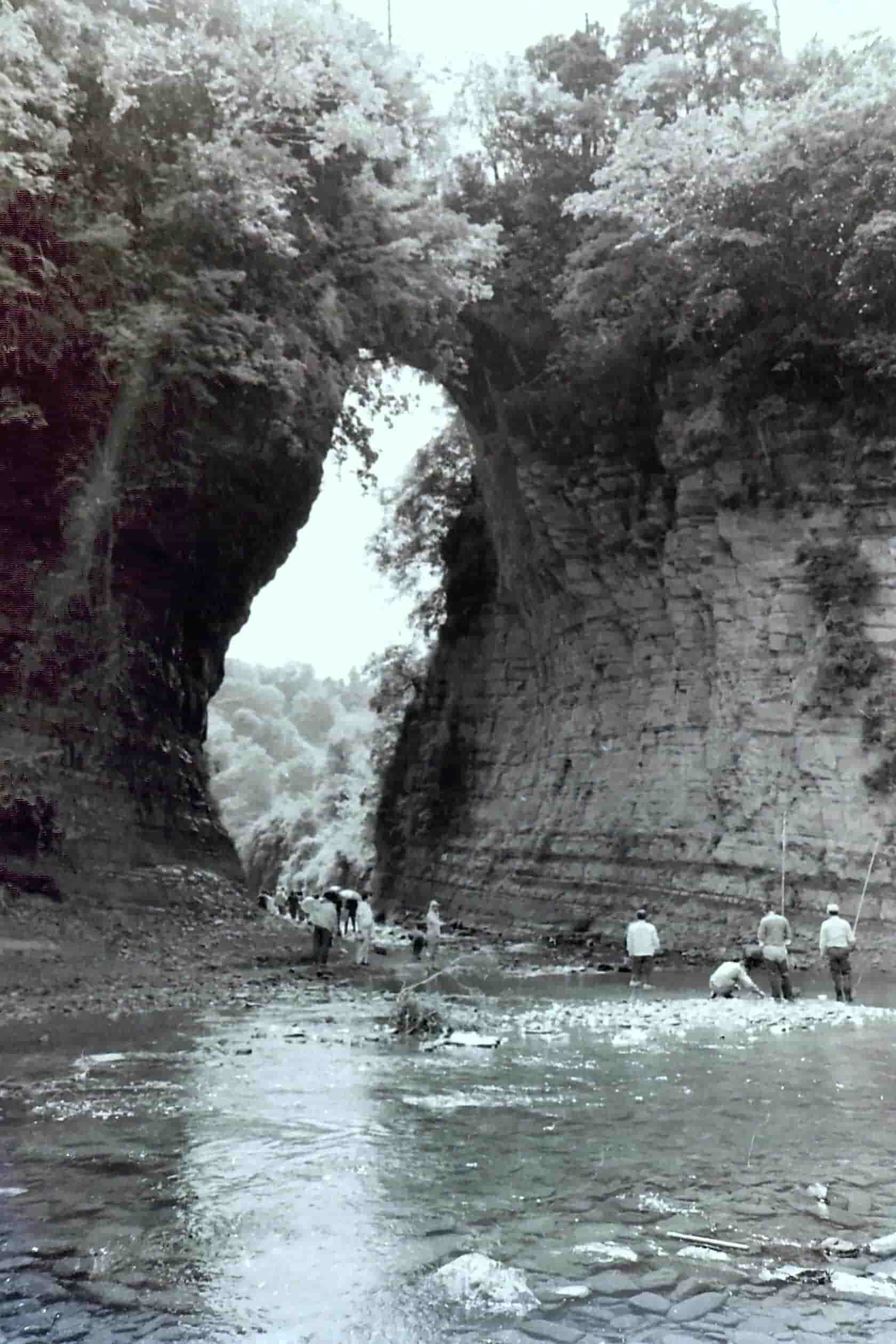
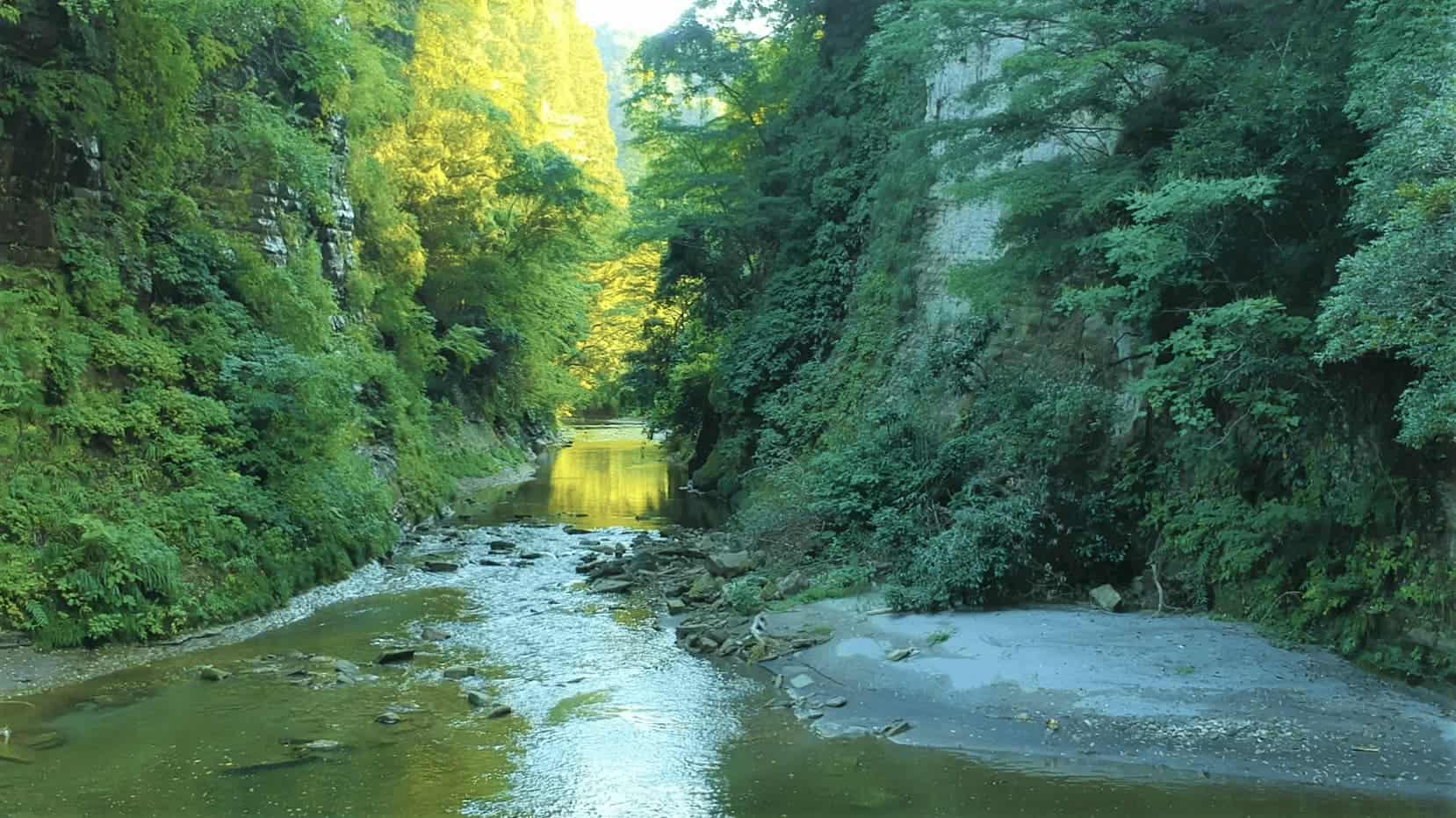
Further down the river is the bright red “Kannon-bashi” bridge that has an iconic arch design. This will start you on a walking course that can either take you back to Yorokeikoku Station, or loop the other direction to Mt. Daifuku, which makes for a nice hike.
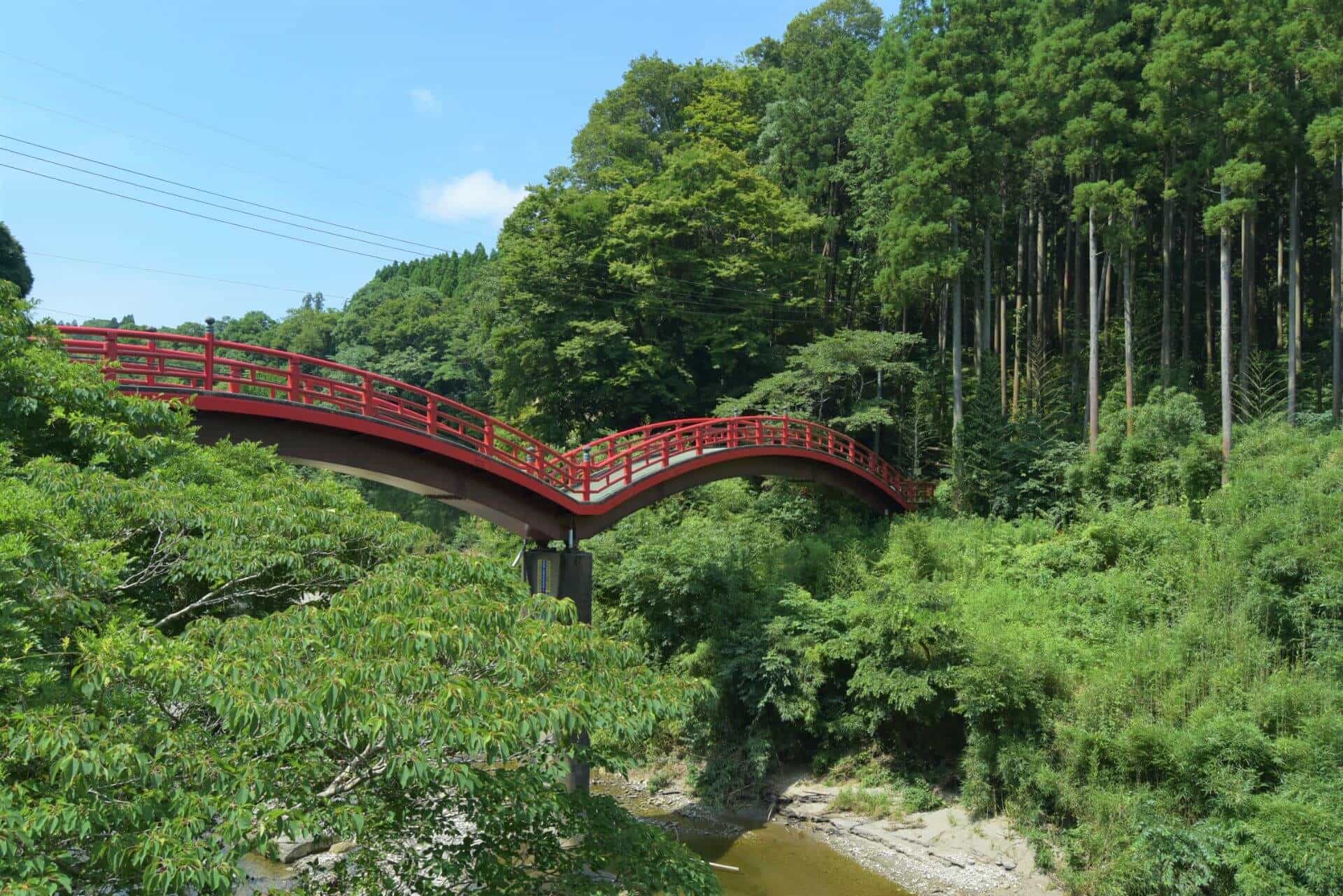
Humorously, the “mom” Suzuki of Kawanoya urged us to stay and relax until dinner then unwind with a hot bath, but we felt the need to explore the nooks and crannies of the valley. Secluded residences, secret bridges, and even temples here and there made for deep exploration, and made the dinner and bath after so much more rewarding.
932 Kuzufuji, Otaki Town, Isumigun
(5 mintutes by car from Yorokeikoku Station on the Kominato Railway)
+81-470-85-0021
176 Kuzufuji, Otaki Town, Isumigun
(4 mintutes by car from Yorokeikoku Station on the Kominato Railway)
+81-436-96-0055